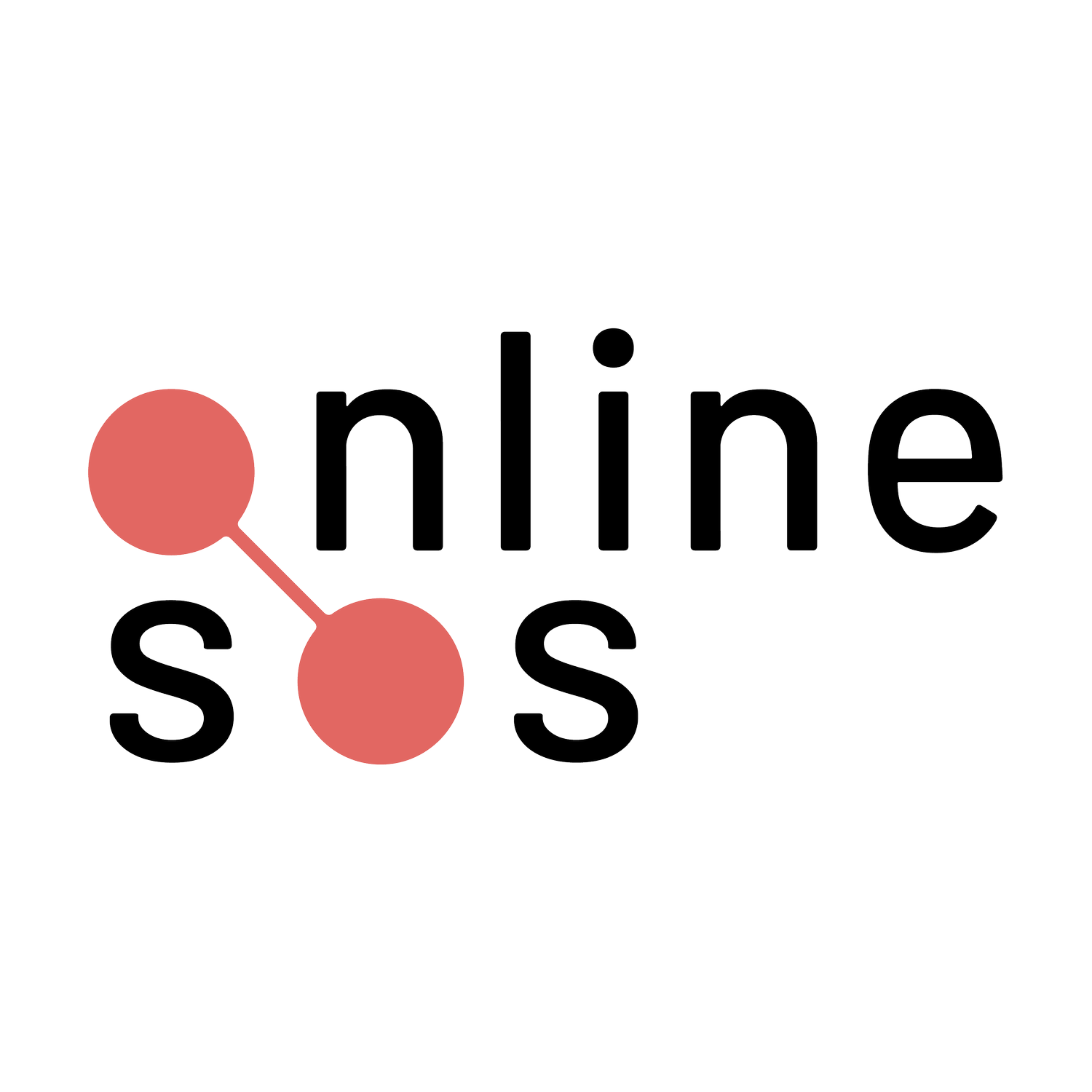Resources
New Mental Health Resources
-
Are you a journalist?
The Journalists' Perspective
Journalists on Online Harassment and its Mental Health Impacts: What We Face and What We Need. We interviewed journalists, editors, writers, and content creators who have experienced online abuse on what mental health resources they wanted and needed at the time. We share their perspectives and findings including anonymized quotes, themes, and suggestions on ways stakeholders can help.
-
Are you a mental health professional?
Clinician tip sheet
What Therapists Need to Know About Treating Journalists Who Experienced Online Harassment. Based on prior case work in direct services, we provide examples on how trauma symptoms can be exhibited for this specific population and event-type, in partnership with leading psychologists.
Partner Resources
-
IWMF Mental Health Guide
See the International Women’s Media Foundation’s mental health guide (which includes a self-evaluation chart and easy-to-implement exercises).
-
Financial Assistance for Journalists
See potential opportunities to help cover the costs of mental health care for journalists: AAJA Mental Health Funding Request , Black Journalist Therapy Relief Fund, and IWMF’s Emergency Funds.
Other OnlineSOS Resources
-
Journalist Account Safety Cheat Sheet
It’s hard to remember all the places you’ve been online. Use this digital security cheat sheet to review the possible accounts and places your personal and professional information might be stored.
-
Sharing With Your Therapist
If you are currently receiving mental health support, you could send your therapist the OnlineSOS clinician tip sheet (so you don’t feel like you have to explain everything).
If you are in need of creating a plan, you can use our checklists below.
Plan of Action
Checklists based on harassment type
Identify what type of online harassment you’re experiencing - and review your options to take action.
-
You've been doxxed when information you consider to be private is published or broadcast online. This info may be accompanied with invitations to contact you in an unwanted or threatening manner. See checklist here.
-
This is also known as gender-based online violence. It includes words, insults, profanity and, often, images to communicate hostility based on gender. See checklist here.
-
These include explicit and implicit threats of violence made anywhere on the web, including social networking apps, emails, comments sections, chatrooms, and texting apps. See checklist here.
-
You receive communication at a large volume that is threatening and/or overwhelming. The communication may often be intended to distress or discredit you. See checklist here.
-
You've been defamed if false statements about you have been published, distributed and/or spoken online, either with negligence or the intent to harm your reputation. See checklist here.
-
When sexually explicit images or video of you have been disclosed and distributed without your consent. Also known as “nonconsensual pornography” and can involve “sextortion." See checklist here.
Plan of Action
Checklists based what you want to protect
Address your concerns: from communicating with your employer to protecting your loved ones, our expert-informed guides will give you options on how to keep yourself and others safe.
-
Online abuse can cause psychological trauma. Taking care of your emotional and mental health is critical when it comes to dealing with online abuse--and regaining a sense of control over your life. See checklist here.
-
There is no “one size fits all” approach to protecting yourself and loved ones from online abuse. It’s important to consider what is important to you, and what you’re willing to do, if abused online. See checklist here.
-
When you are targeted online, your credibility, career, and even your personal wellbeing and safety may come under attack. Learn how to address your work-related concerns here.
-
Proper documentation is critical to making a legal case and to ensuring that you have the facts and timeline of abuse on record. Learn how by using checklist.
-
Using 2FA adds a layer of security to your accounts beyond a password, lowering your risk of being defrauded even if your login information is stolen. Use this plan to set up 2FA for your needs.

